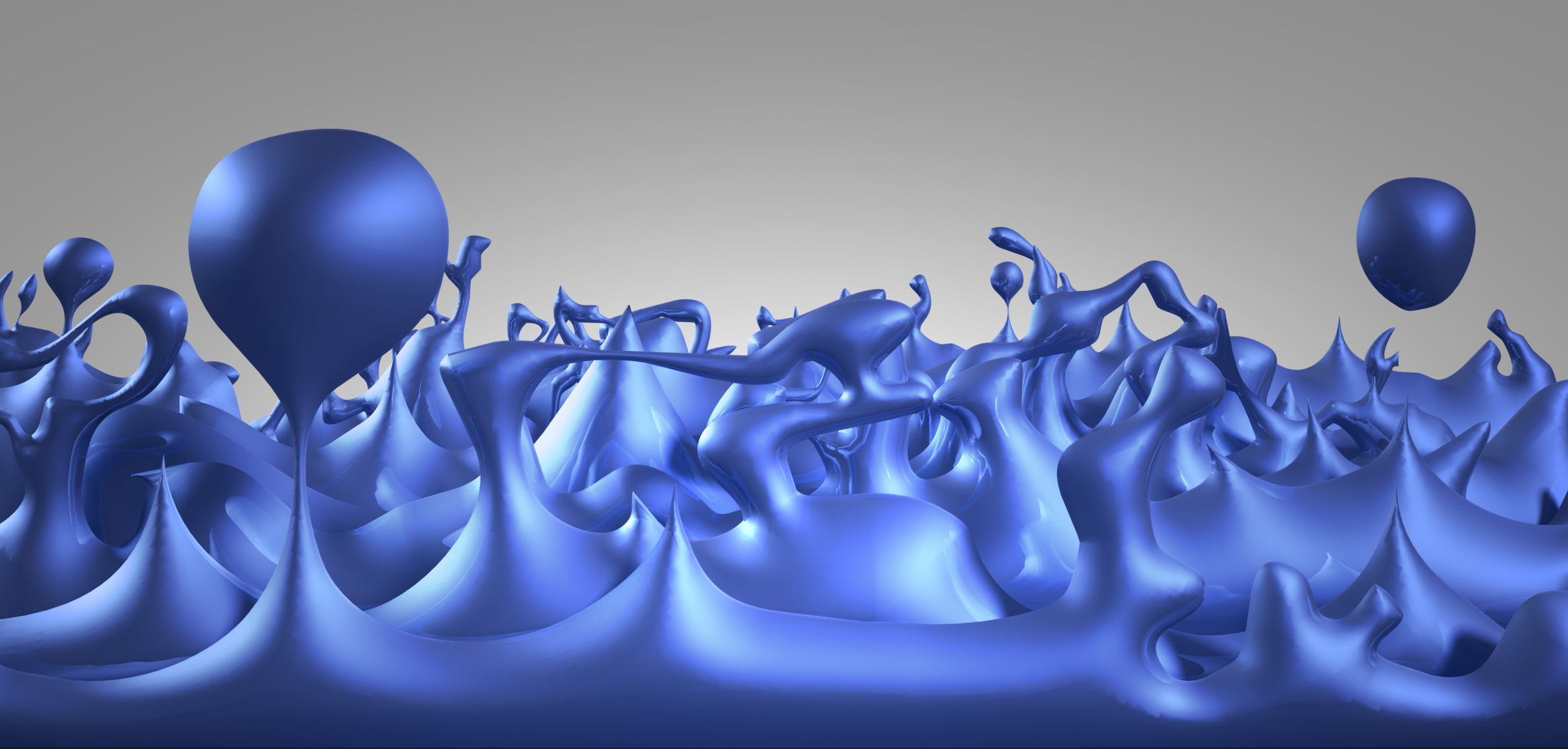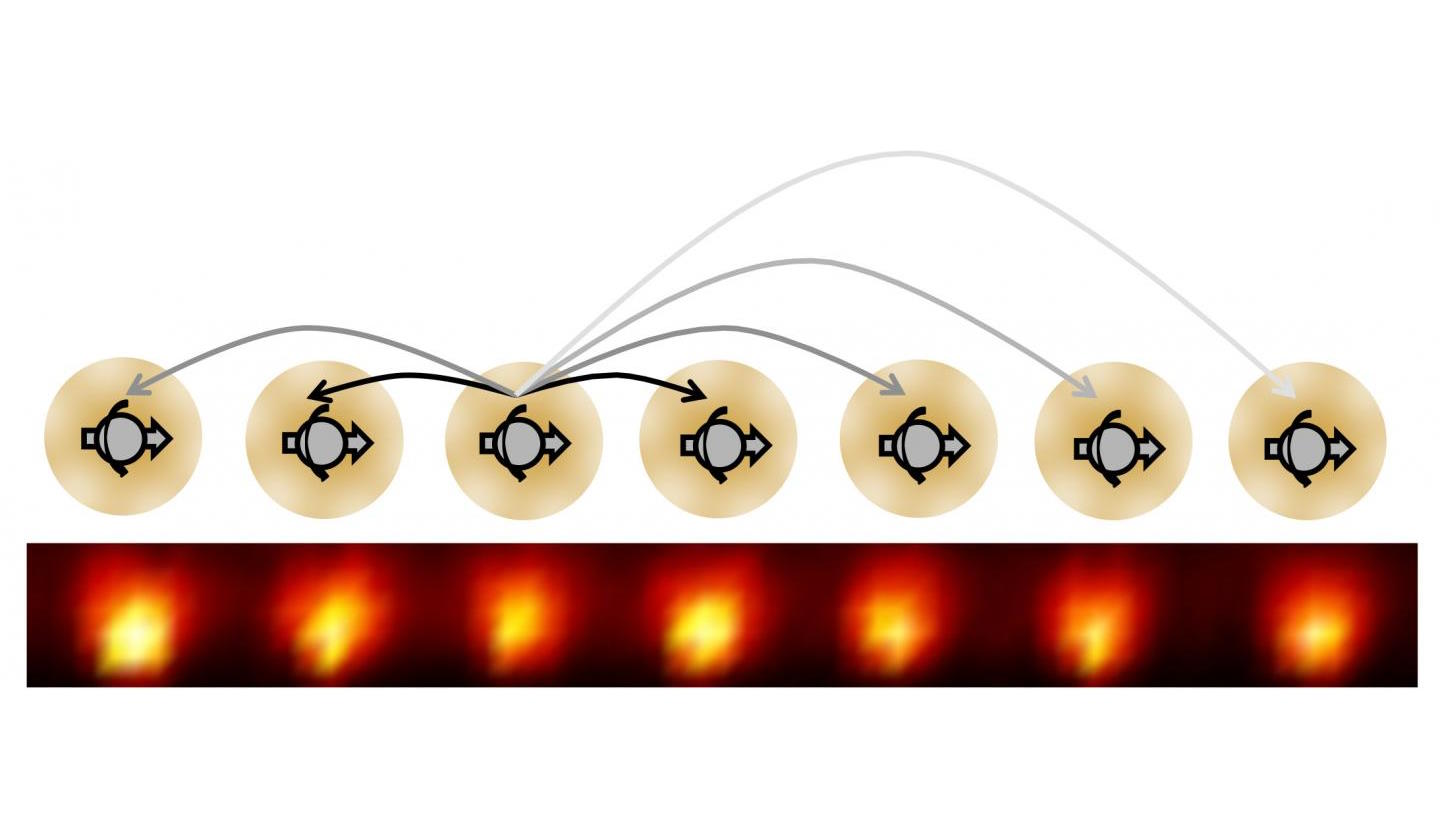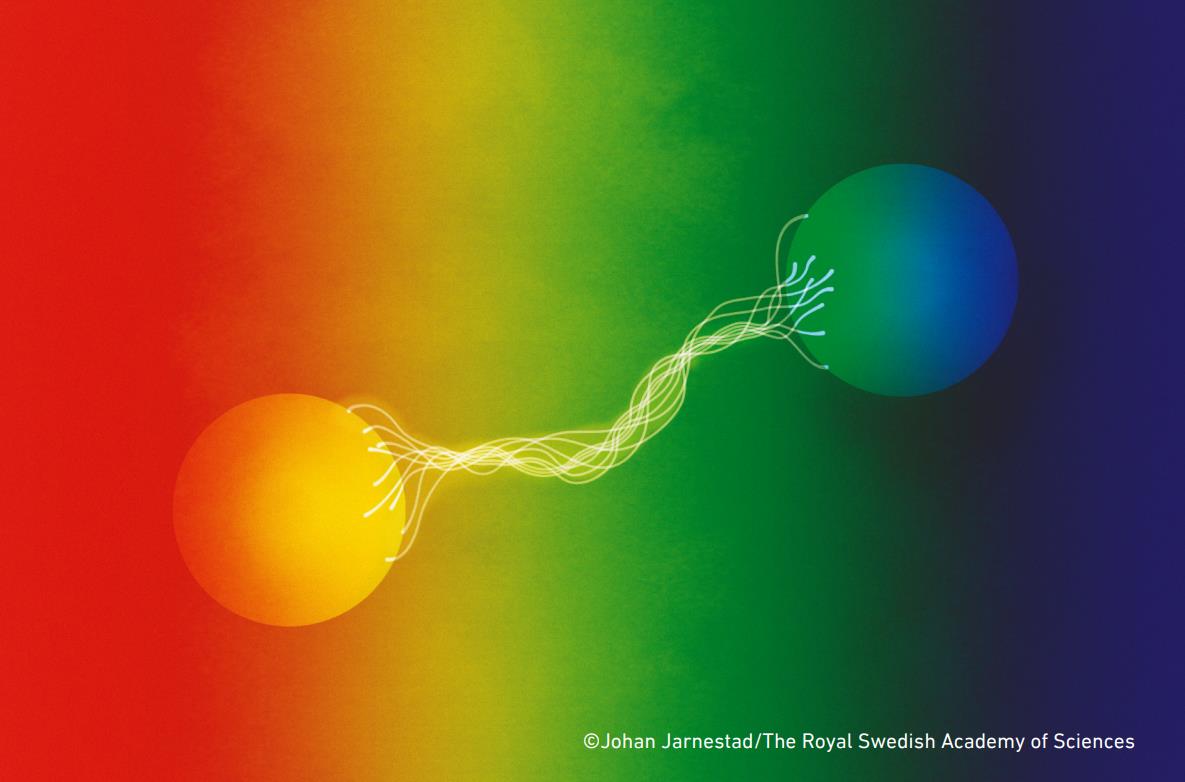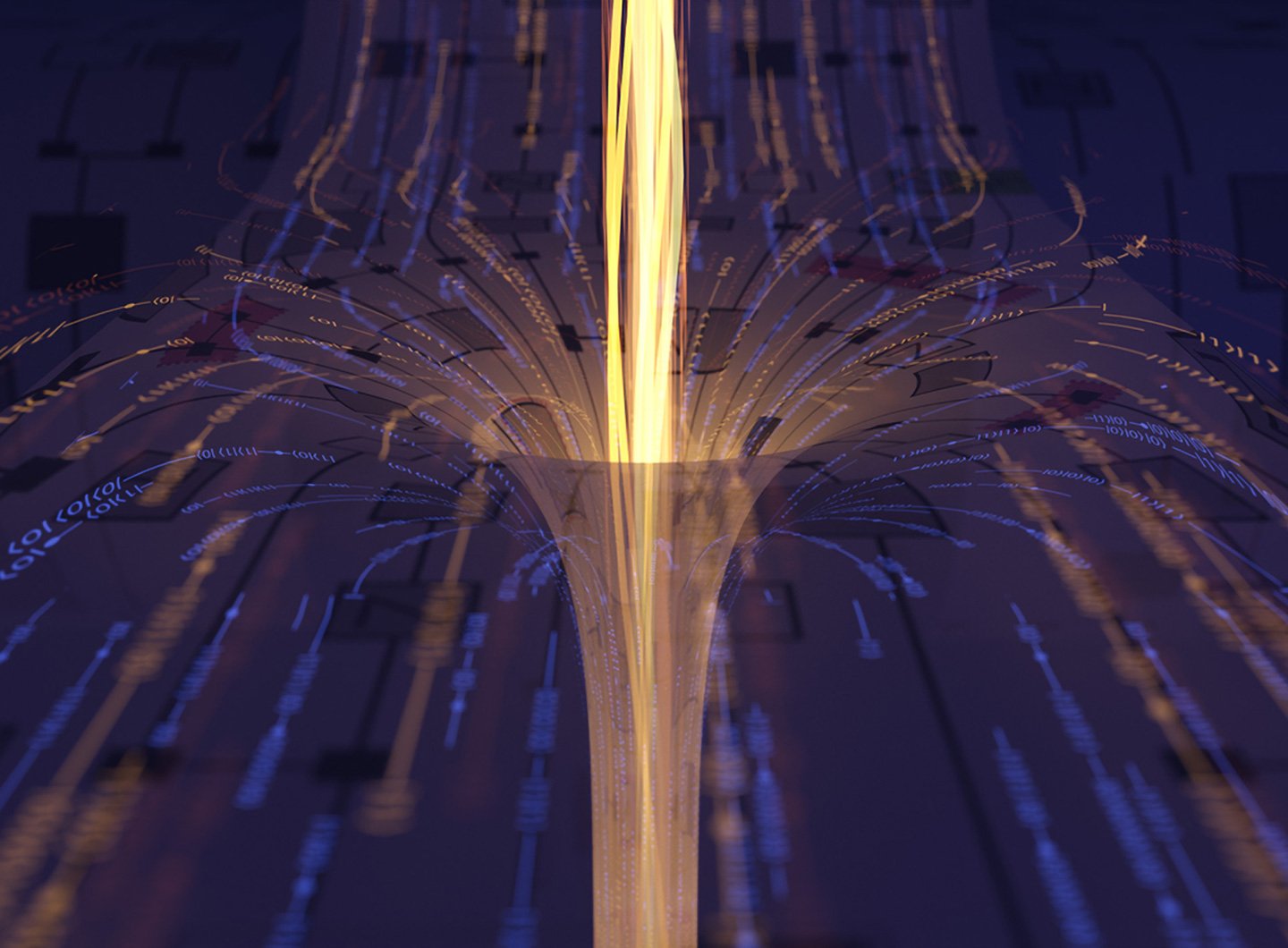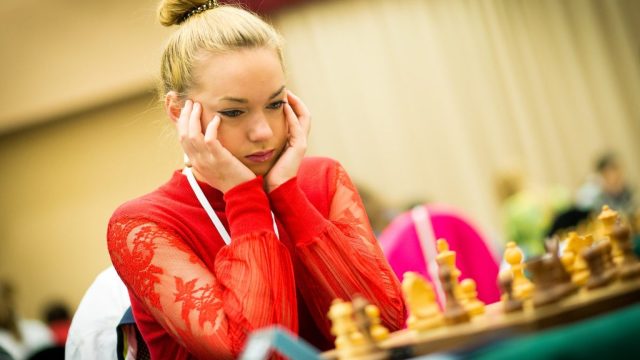Measuring reality really does affect what you observe
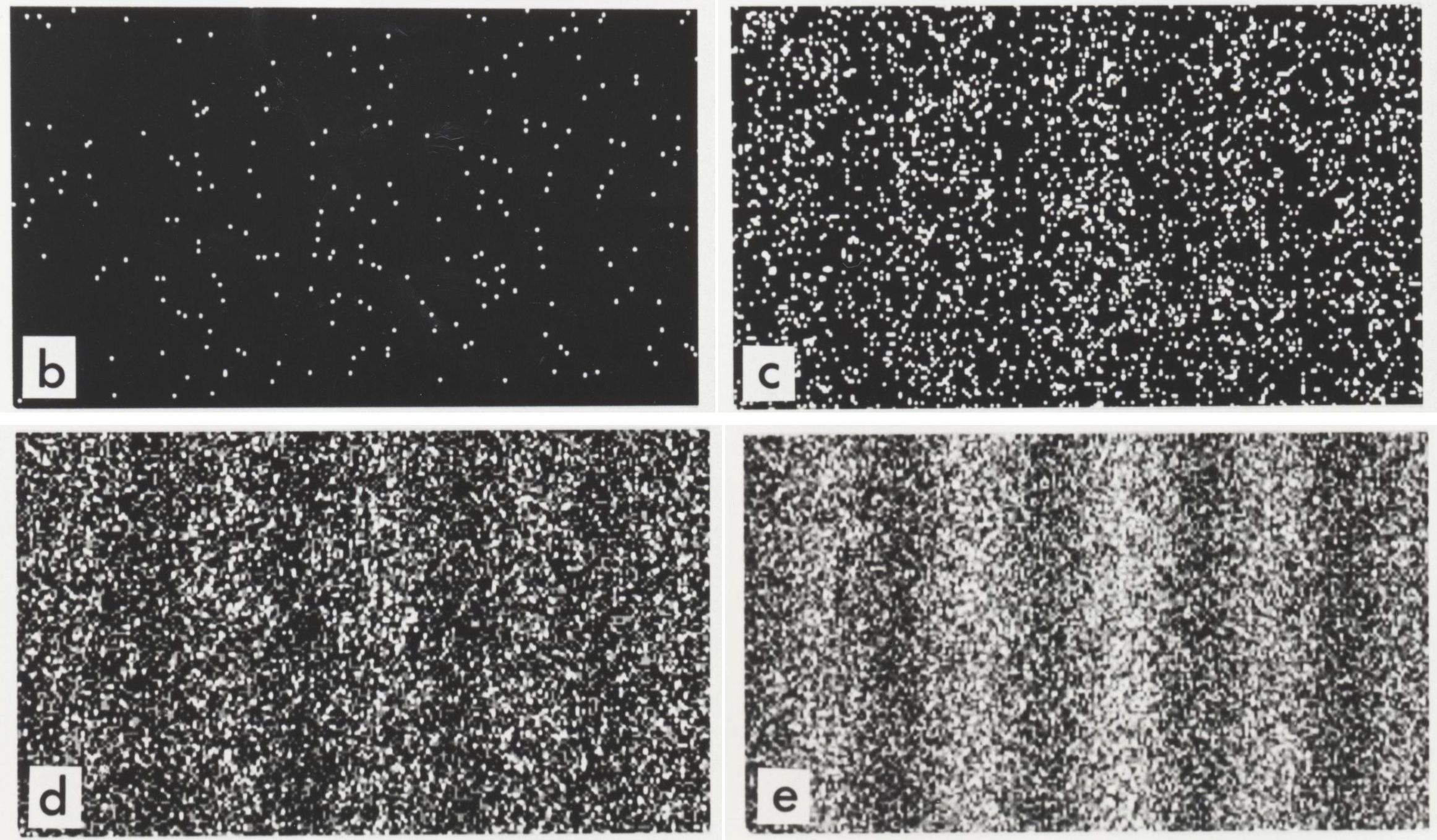
- Pass a wave of light through a double slit, and you’ll see an interference pattern on the screen behind it, showing that light is a wave.
- That pattern persists even if you send photons through one-at-a-time, but only if you don’t measure which slit they pass through.
- The dual wave/particle nature of reality is showcased by the simple double slit experiment, showing that the act of observing really does affect the outcome.
When we divide up matter into the smallest possible chunks that it’s made of — into the stuff that can be divided or split no further — those indivisible things we arrive at are known as fundamental particles: the quanta that compose our Universe. But it’s a complicated story each time we ask the question: how does each individual quantum behave? Do they behave like particles? Or do they behave like waves?
The most puzzling fact about quantum mechanics is that the answer you get depends on how you look at the individual quanta that are part of the experiment. If you make certain classes of measurements and observations, they behave like particles; if you make other choices, they behave like waves. Whether and how you observe your own experiment really does change the outcome, and the double-slit experiment is the perfect way to show how.

More than 200 years ago, the first double-slit experiment was performed by Thomas Young, who was investigating whether light behaved as a wave or a particle. Newton had famously claimed that it must be a particle, or corpuscle, and was able to explain a number of phenomena with this idea. Reflection, transmission, refraction, and any ray-based optical phenomena were perfectly consistent with Newton’s view of how light should behave.
But other phenomena seemed to need waves to explain them: interference and diffraction in particular. When you passed light through a double slit, it behaved just the same way that water waves do, producing that familiar interference pattern. The light-and-dark spots that appeared on the screen behind the slit corresponded to constructive-and-destructive interference, indicating that — at least under the right circumstances — light behaves as a wave does.
If you have two slits very close to one another, it stands to reason that any individual quantum of energy will go through either one slit or the other. Like many others, you might think that the reason light produces this interference pattern is because you have lots of different quanta of light — photons — all going through the various slits together, and interfering with one another.
So you take a different set of quantum objects, like electrons, and fire them at the double slit. Sure, you get an interference pattern, but now you come up with a brilliant tweak: you fire the electrons one-at-a-time through the slits. With each new electron, you record a new data point for where it landed. After thousands upon thousands of electrons, you finally look at the pattern that emerges. And what do you see? Interference.
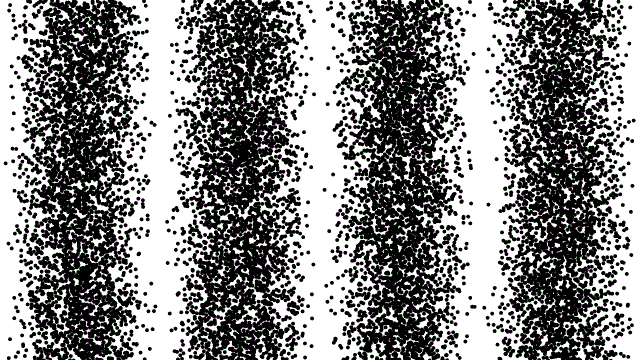
Somehow, each electron must be interfering with itself, acting fundamentally like a wave.
For many decades, physicists have puzzled and argued over what this means must really be going on. Is the electron going through both slits at once, interfering with itself somehow? This seems counterintuitive and physically impossible, but we have a way to tell whether this is true or not: we can measure it.
So we set up the same experiment, but this time, we have a little light we shine across each of the two slits. When the electron goes through, the light is slightly perturbed, so we can “flag” which one of the two slits it passed through. With each electron that goes through, we get a signal coming from one of the two slits. At last, each electron has been counted, and we know which slit every one went through. And now, at the end, when we look at our screen, this is what we see.
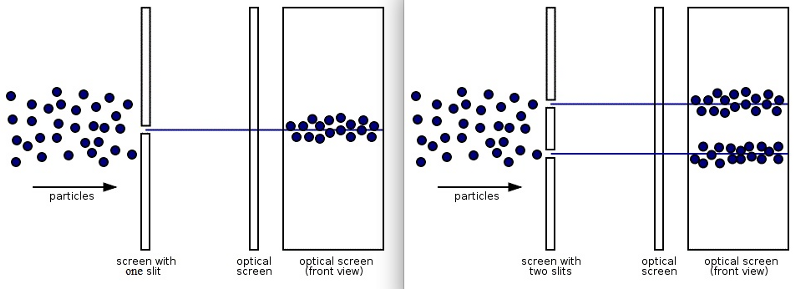
That interference pattern? It’s gone. Instead, it’s replaced by just two piles of electrons: the paths you’d expect each electron to take if there were no interference at all.
What’s going on here? It’s as though the electrons “know” whether you’re watching them or not. The very act of observing this setup — of asking “Which slit did each electron pass through?” — changes the outcome of the experiment.
If you measure which slit the quantum passes through, it behaves as though it passes through one and only one slit: it acts like a classical particle. If you don’t measure which slit the quantum passes through, it behaves as a wave, acting like it passed through both slits simultaneously and producing an interference pattern.
What’s actually going on here? To find out, we have to perform more experiments.
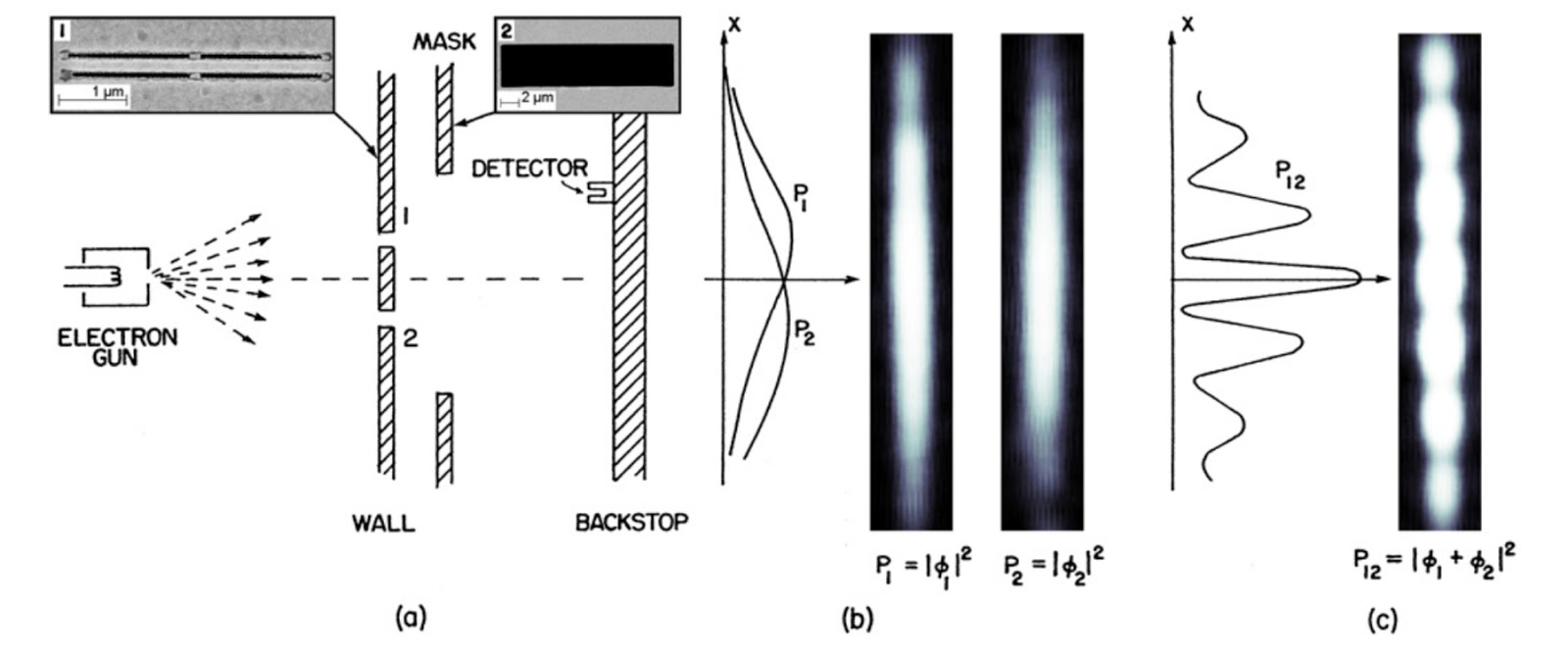
One experiment you can set up is to put a movable mask in front of both slits, while still firing electrons through them one-at-a-time. Practically, this has now been accomplished in the following fashion:
- a movable mask with a hole in it starts off by blocking both slits,
- it moves to the side so that the first slit is then unmasked,
- it continues moving so that the second slit is also unmasked (along with the first),
- the mask continues its motion until the first slit is once again covered (but the second is still unmasked),
- and finally both slits are covered again.
How does the pattern change?
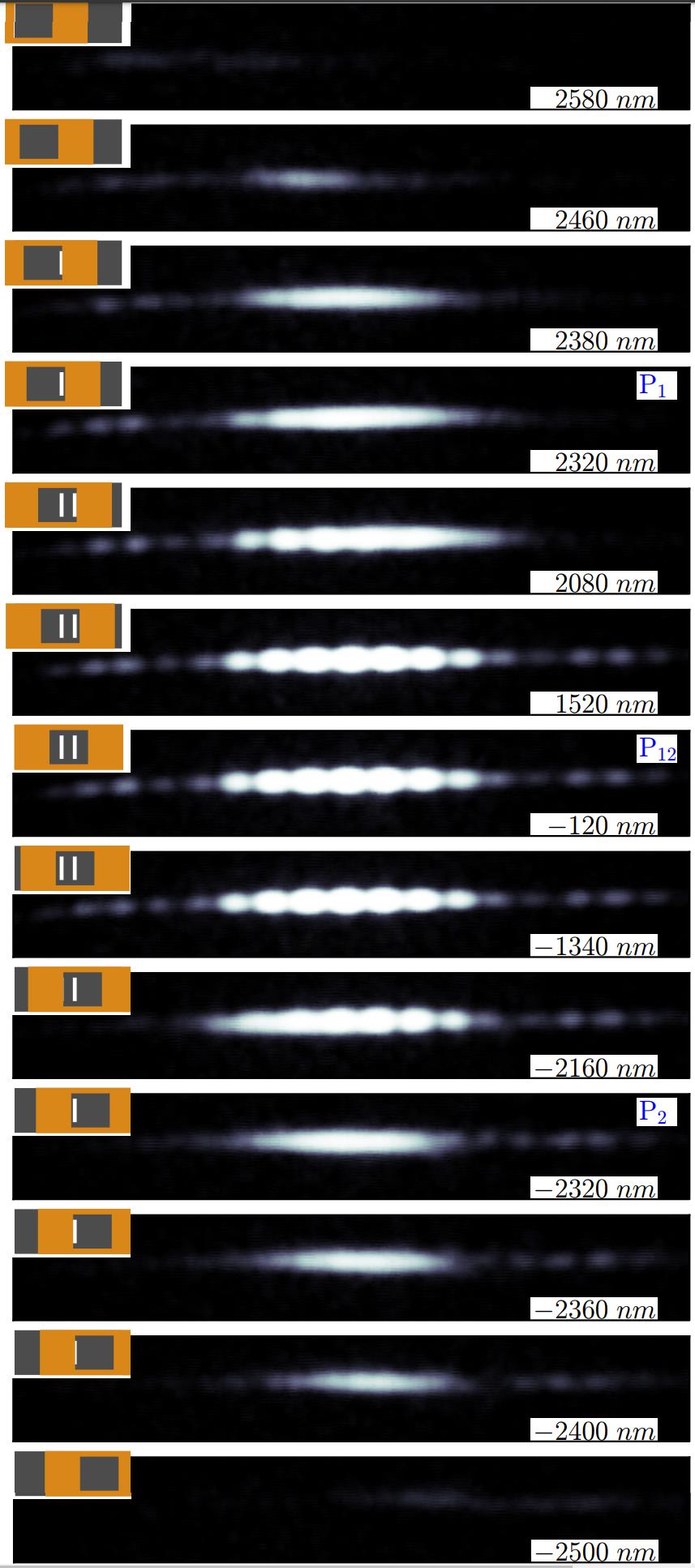
Exactly like you might expect:
- you see a one-slit (non-interfering) pattern if only one slit is open,
- the two-slit (interference) pattern if both slits are open,
- and a hybrid of the two in the in-between times.
It’s as though if both paths are there as available options simultaneously, without restriction, you get interference and wave-like behavior. But if you only have one path available, or if either path is restricted somehow, you won’t get interference and will get particle-like behavior.
So we go back to having both slits in the “open” position, and shining light across both of them as you pass electrons one-at-a-time through the double slits.
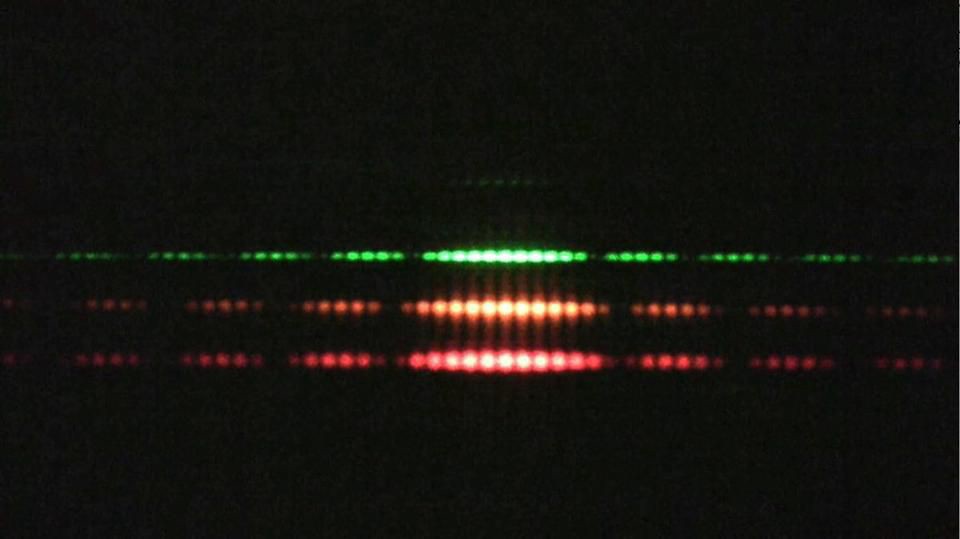
If your light is both energetic (high energy per photon) and intense (a large number of total photons), you won’t get an interference pattern at all. 100% of your electrons will be measured at the slits themselves, and you’ll get the results you’d expect for classical particles alone.
But if you lower the energy-per-photon, you’ll discover that when you drop below a certain energy threshold, you don’t interact with every electron. Some electrons will pass through the slits without registering which slit they went through, and you’ll start to get the interference pattern back as you lower your energy.
Same thing with intensity: as you lower it, the “two pile” pattern will slowly disappear, replaced with the interference pattern, while if you dial up the intensity, all traces of interference disappear.
And then, you get the brilliant idea to use photons to measure which slit each electron goes through, but to destroy that information before looking at the screen.

This last idea is known as a quantum eraser experiment, and it produces the fascinating result that if you destroy the information sufficiently, even after measuring which slit the particles went through, you’ll see an interference pattern on the screen.
Somehow, nature knows whether we have the information that “marks” which slit a quantum particle passed through. If the particle is marked in some fashion, you will not get an interference pattern when you look at the screen; if the particle is not marked (or was measured and then unmarked by destroying its information), you will get an interference pattern.
We’ve even tried doing the experiment with quantum particles that have had their quantum state “squeezed” to be narrower than normal, and they not only exhibit this same quantum weirdness, but the interference pattern that comes out is also squeezed relative to the standard double slit pattern.

It is extremely tempting, in light of all of this information, to ask what thousands upon thousands of scientists and physics students have asked upon learning it: what does it all mean about the nature of reality?
Does it mean that nature is inherently non-deterministic?
Does it mean that what we keep or destroy today can affect the outcomes of events that should already be determined in the past?
That the observer plays a fundamental role in determining what is real?
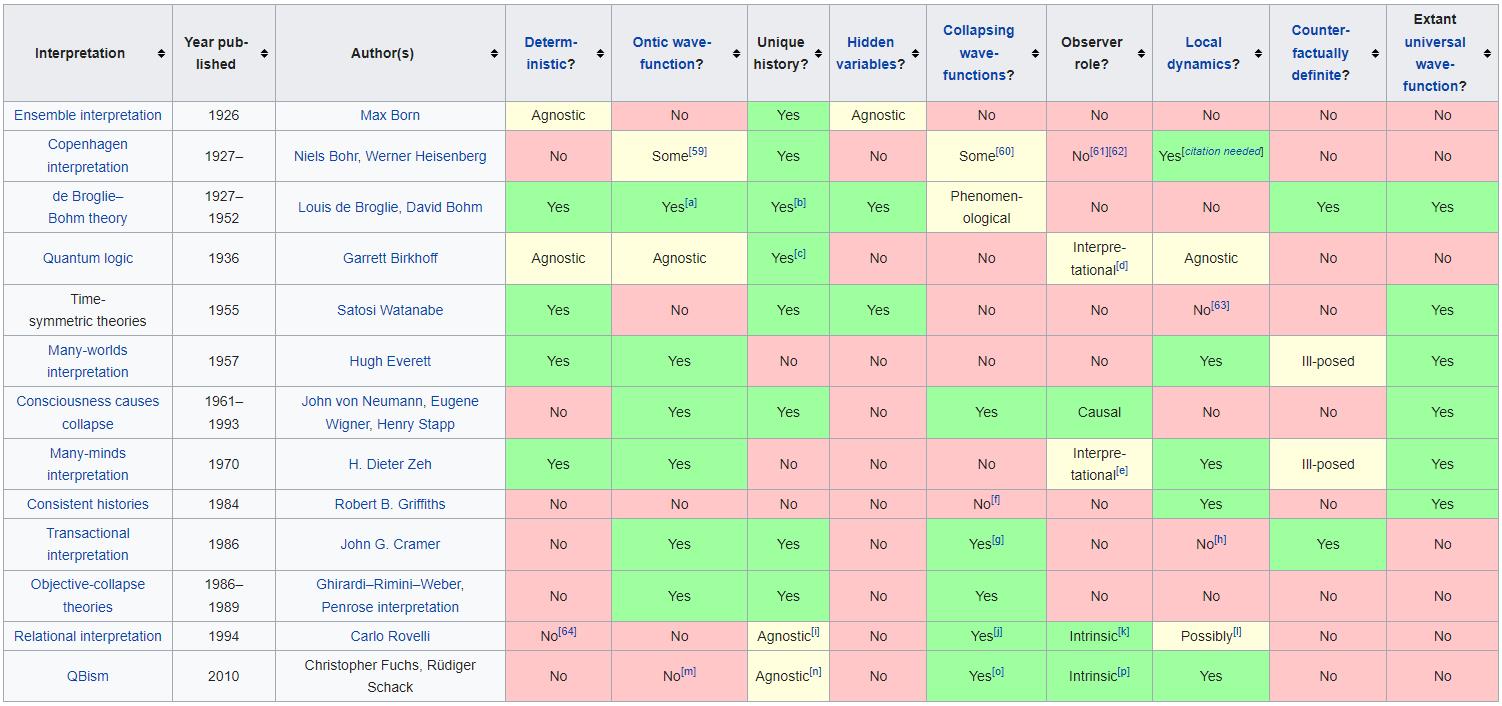
The answer, disconcertingly, is that we cannot conclude whether nature is deterministic or not, local or non-local, or whether the wavefunction is real. What the double slit experiment reveals is as complete a description of reality as you’re ever going to get. To know the results of any experiment we can perform is as far as physics can take us. The rest is just an interpretation.
If your interpretation of quantum physics can successfully explain what the experiments reveal to us, it is valid; all the ones that cannot are invalid. Everything else is aesthetics, and while people are free to argue over their favorite interpretation, none can lay any more claim to being “real” than any other. But the heart of quantum physics can be found in these experimental results. We impose our preferences on the Universe at our own peril. The only path to understanding is to listen to what the Universe tells us about itself.

